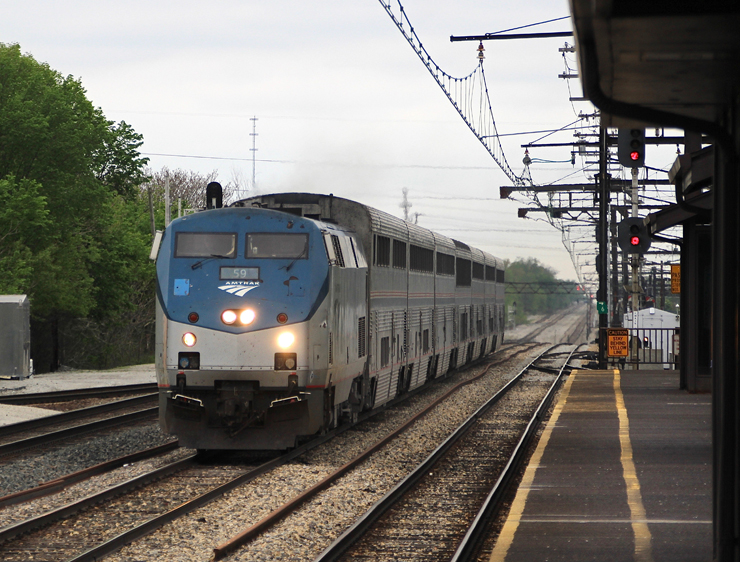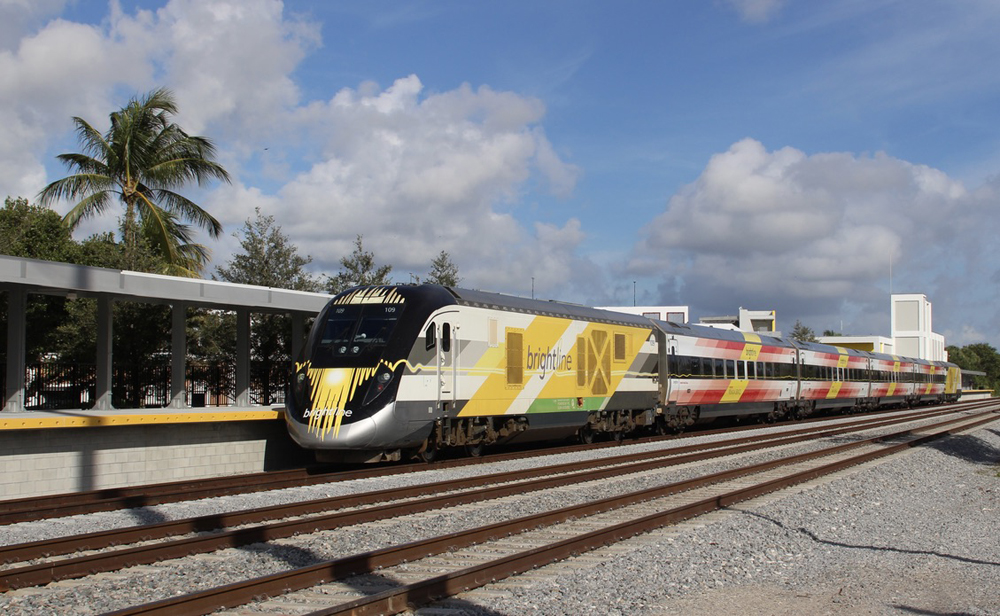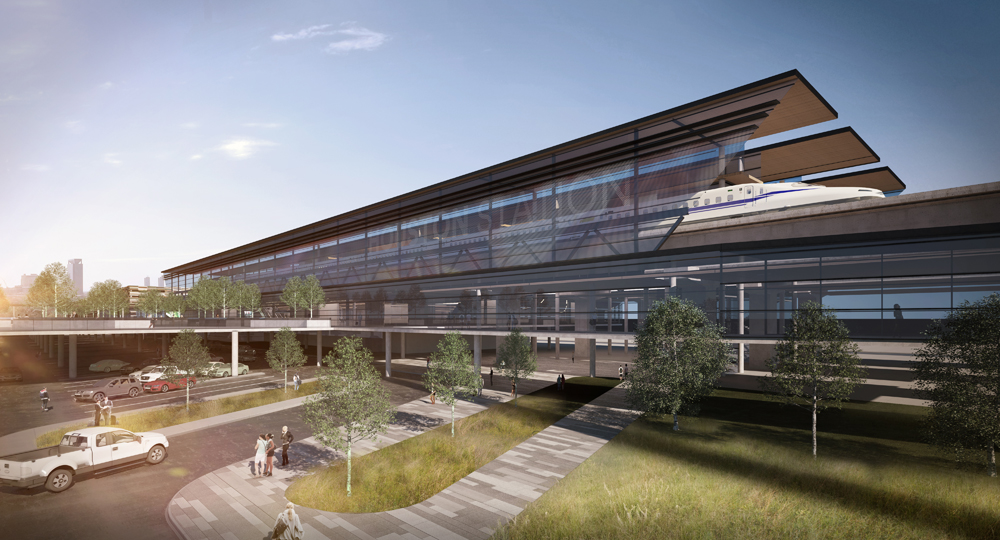K-Line offers a handy semi-scale version of the Dreyfuss Hudson that will warm the hearts of New York Central fans and enthusiasts of prewar streamlined power.
The model
Size-wise, K-Line’s Dreyfuss Hudson is comparable to the MTH RailKing Dreyfuss Hudson and falls under the “semi-scale” or “traditional-sized” heading. According to Thoroughbreds, by Al Staufer (Staufer, 1976), the prototype Dreyfuss with a six-axle tender was 97 feet, 23/8 feet inches long and 15 feet, 1 inch tall. The K-Line model is 82 scale feet long (201/2 inches) and 12 scale feet (3 inches) tall. Add another four scale feet (one inch) for the rear coupler.
The prototype used 79-inch diameter drivers, while the model’s drivers are 60 scale inches in diameter.
The nose of the Hudson looks terrific: the bulb-like schnozzola, the headlight centered on the flat metal shield that vertically bisects the smokebox, and the oval New York Central System emblem on the smooth pilot.
The body has a fair amount of cast-in detail, and a crosscheck with prototype images reveals the major points are there for all to see. Add-on parts include unpainted wire handrails and a brass-colored whistle in a recess on top of the boiler. The steps and walkways on both sides of the boiler are smooth.
The cab’s backhead has cast-in details, and a bulb provides firebox glow. Still, without crew figures or crew seats, the cab has a rather Spartan appearance.
Paint application is good. The nose shield and drivers are silver, while the rest of the engine is light gray. Silver engine numbers, 5449 in this case, are on the cab sides. The tender features cast-in details. I especially like the contrast between the black coal load and the gray tender body.
On the test track
The Hudson performed smoothly in conventional and Lionel TrainMaster Command Control mode. The engine has a single can-style motor powering the drivers. The first and third wheel sets are rimmed, while the center set is blind. Traction tires are on the rear set. The mechanism operated quietly, and flywheel glide made for gentle stops.
Our test sample has a low-end speed average of 11.78 scale mph and a high-end average of 117.3 scale mph. Pulling our 25-car mixed make and vintage freight train at 18 volts in conventional mode, we timed the Dreyfuss at 89.7 scale mph.
The drawbar pull for the 14-pound, 2-ounce locomotive was 2 pounds, 1 ounce. This equals roughly 99 free-rolling freight cars.
There are two pickup rollers on both the locomotive and tender. The locomotive’s are 21/2 inches apart, and the tender’s are 31/2 inches apart for good electrical pickup to the motor and tender-mounted electronics.
The engine’s smoke unit generates appropriate puffs of haze, but less than the fan-driven units on MTH steamers. (Sometimes too much smoke is as bad as too little.) The engine has a directional headlight and backup light, and the tender features an electronic coupler that opens in command mode.
The Lionel RailSounds system delivered the usual strong range of steam sounds and other effects. One of our sample locomotives, however, delivered an unexpected number of random whistles and bell rings. Not enough to irritate, but enough to mention.
The RailSound/SignalSounds switch and the volume control are on the belly of the tender. The smoke on/off and program/run switches are on the locomotive frame.
We had wheel problems with both of the sample Hudsons we examined. On the first, the tender and trailing truck axles kept slipping out of the plastic bearings that held them in the die-cast metal truck frames. It seemed as though the sideframes were too wide for the axles, or the axles too short. On the second Hudson, a plastic bearing fell out as well as the same troublesome axles. All of this happened when lifting the locomotives from their boxes to the track and back. Once on the track, gravity kept the axles where they belonged. Gently squeezing the truck sideframes together cures the problem, although any such modifications can jeopardize your warranty or even worse, break the truck frames.
Aside from the loose axles on our samples, the K-Line Hudson is a good runner. And with Lionel’s TrainMaster and RailSounds systems inside and K-Line’s beautiful matching passenger cars in tow, the Hudson makes for an attractive “traditional-sized” package at very competitive price.














